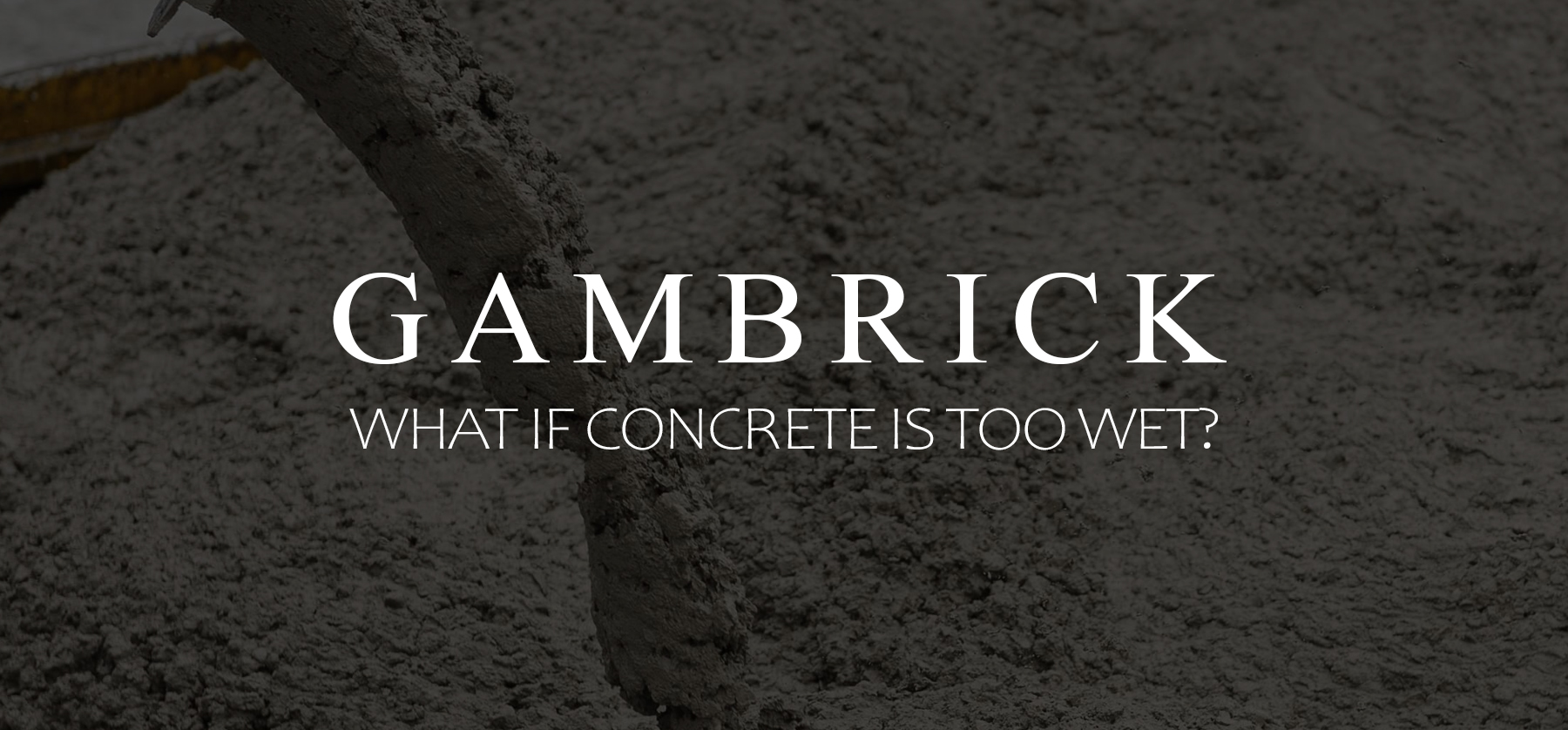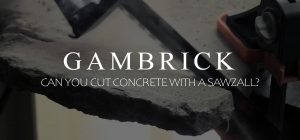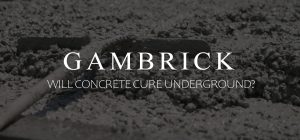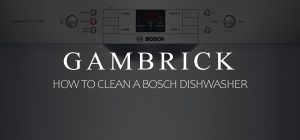
What If Concrete Is Too Wet?
When concrete gets too wet, it becomes weak and prone to cracks, breakage, weakness and failure. The ideal consistency should feel like thick oatmeal and shouldn’t be watery. I’ve been a mason for over 25 years and can tell you firsthand how bad overly wet concrete mixes can be. The concrete will be weak, brittle, and prone to cracking, which can be dangerous if it’s used in structural work.
Dry concrete powder is made by mixing sand, stone and cement together in a specific ratio. When water is added, it chemically reacts with cement to form a paste that binds the ingredients together. Water slowly evaporates out as the concrete dries, which strengthens the slab over time. This process is called curing and typically takes around 28 days to complete.
One of the biggest mistakes you can make when mixing concrete is adding too much water. When concrete is too wet its final strength is greatly reduced. This can spell disaster for structural projects like foundations that rely on strong concrete.
If concrete gets too wet it causes excess shrinkage during the drying process. As a result, the concrete will be prone to cracks.
While cracks are a problem, which can be dealt with by adding control joints, the real issue with watered down concrete is weakness. A watery mix can greatly reduce the compressive strength of concrete. As a rule of thumb, every additional inch of slump reduces concrete’s compressive strength by about 500 psi. That strength reduction can spell disaster for a foundation.
When concrete has too much water it also dries more porous due to all the water evaporating out. As a result, the finished concrete will absorb more water than it should which can cause mold growth, cracks, spalling, and deterioration.
Understanding Concrete
Concrete is one of the most widely used construction materials in the world. It’s a man made material produced by mixing sand, stone and cement with water.
Concrete usually contains about 10% of cement, 20% water, 30% of sand, and 40% gravel. Each ingredient is essential in producing strong concrete. The quality of your concrete depends heavily on the ingredients you use and the consistency of the mix.
- Companies like Quikrete sell dry mixes. They do all the measuring and quality control for you so all you need to do is add the proper amount of water.
- When you buy wet concrete from a company they do all the work for which includes adding the water.
- If you make your own concrete on site then you’ll have to measure the ingredients and water yourself. You’ll also have to inspect the ingredients for quality.
When mixing your own concrete or Quikrete, it’s essential to get the water level just right. What you want is the consistency of dry oatmeal. If the mix is like soup you’ve added too much water and need more dry mix to balance things out.
If you I concrete from a plant and it comes too wet then I always send it back. I’d rather lose some time and money then pour a concrete that’s weak. For large scale commercial projects there’s typically someone there to inspect the mix prior to pour. However on smaller residential projects you’ll have to do the inspection yourself.
A lot of masons and concrete companies will water down the concrete because it makes it easier to work with so watch out for this. If you see them pouring concrete that’s too wet ask them to add dry mix until the consistency gets better.
Concrete’s Ingredients
To fully understand why overly wet concrete is such a problem it’s important to talk about the ingredients. Concrete is a man made material that starts off as a dry powder. Water activates the cement which chemically reacts and becomes a paste. The cement paste mixes and binds with the other ingredients and then dries over time to create very strong concrete. This curing process is very important if you want your concrete to be as strong and durable as possible.
Water is an essential ingredient because with it the cement couldn’t become a paste. If the concrete remains dry it’s brittle and very weak. What you need is just enough water to activate all the cement and not a drop more. If there is any dry powder in your mix then you need more water. But if your mix looks and feels soupy then it’s too wet. Remember, you want a thick oatmeal. You should be able to hole the concrete in your hand and form it like a snowball. If the concrete seeps through your fingers then it’s too wet.
Watering down your concrete causes cracking, breaking, additional pores and overall weakness.
Cement
Cement is the active ingredient in concrete that binds and glues it all together. While it’s only a small percentage of a concrete mix, it’s essential. Without cement, concrete would be a dry pile of stone and sand.
When concrete gets too wet, it’s the cement that weakens.
Water
Water plays an essential role in concrete because it activates the cement. Without water, concrete would remain a powder. Too much water and your concrete will be weak. Too little and it will be brittle.
When concrete is too wet, the excess water evaporates which causes the concrete to shrink and crack. It gets weak and overly porous.
It is essential that you get your water level correct whenever your mixing concrete.
Make sure to only use clean water. Contaminants or salt can damage the concrete. As a rule of thumb, if the water isn’t drinkable I don’t use it to mix my concrete.
Aggregate
Gravel and sand make up the aggregate materials.
Sand gives the concrete more grit. It helps bind everything together.
Stone is what gives concrete so much strength. The more stone you use the higher the concrete’s PSI. I like to use smooth stone around 1/2 inch – 1 inch in diameter. Smooth stones are easier to work with when smoothing and spreading the concrete.
Sand and gravel also limit shrinkage when concrete cures.
Varying the ratio of sand and gravel will alter the properties of your concrete.
When Concrete Gets Too Wet
When concrete is too wet it dries weaker, overly porous and prone to cracking.
Excess water will evaporate and escape the hardened concrete which causes cracks and eventual breakage. You can if your concrete is too wet using the slump test. Grab some wet concrete in your hand.If you can form it into a ball then it’s OK. What you want is thick oatmeal not soup.
When your concrete mix is too wet, the strength of your dried concrete is reduced. Every additional inch of slump typically reduces the concrete’s comprehensive strength by about 500 psi. This can be disastrous for a structure that supports heavy weight.
It’s essential to have a consistent concrete mix. You don’t want one batch to be different from the next.Make sure to carefully measure out your dry ingredients and water.
If your concrete is watered down, don’t be afraid to throw out the batch if you have to. I recommend adding dry mix until the consistency is correct. But if that’s not an option you may be forced to dispose of it and start over.
Concrete is porous, which means it will absorb water like a sponge. When your concrete holds too much water for long periods of time it could create cracks and deterioration. If the concrete is too wet, pores get bigger which adds to the problem. I recommend using a good quality sealer to keep water out.
Concrete Bleeding
When water comes out from a concrete surface it’s known as concrete bleeding. Concrete bleeding happens when water inside the mix travels up to the surface. Another issue with concrete that’s too wet. While it’s normal for some bleeding to occur, excessive bleeding is a sign of a potential structural problem. As you already know, concrete contains cement, air, water, sand, and gravel. The lightest ingredient in the mix is water which evaporates out and to the surface. If you’ve used too much water in the mix then bleeding will be excessive. Unfortunately at this point it’s too late to fix.
As concrete bleeds let the water evaporate naturally. Try not to trowel the concrete until the excess bleed water is gone. You don’t want to work the concrete when it’s surface is too wet because you’ll damage the top cement layer and expose stone. This can ruin the surface and weaken the concrete even more. It can also cause the concrete to crack and flake over time.
Knowing when to trowel concrete comes from experience. Some moisture is a good thing but you don’t want the concrete to be soaking wet from evaporated water.
Estimating The Water To Cement Ratio for Concrete
Water is needed to activate the cement which creates a paste. It also makes the wet concrete a little easier to work with.
It can be hard to get water levels just right if you’ve never mixed concrete before. If your using a premixed bag like Quikrete then follow the directions carefully. But if your mixing your own batch then rely on the slump test. Add water in slowly until you don’t see any more dry powder and the consistency is like dry oatmeal. Don’t let the concrete get watery. You should be able to hold concrete in your hand and form it. If the wet concrete slips through your fingers then it’s too wet. Add dry mix to soak up that excess water.
There are complicated mathematical formulas online that can help you predetermine how much water you need but I never use them. Relying on the slump test always seems to work best for me.
Final Thoughts
Carefully check your concrete mix before you pour it. If the concrete is too wet, it can cause major problems in the future. Most people don’t realize how crucial getting the mix right is. Especially in structural applications. If the plans say you need 3500 PSI concrete in your footings then that’s what you need to pour in the hole. A 3500 PSI dry mix that’s been watered down may only end up being 2000 PSI which is too weak and could fail.
Concrete that’s too wet will be overly porous. This can cause the concrete to crack and eventually break.
Never trowel bleed water back into the concrete. This is another way to weaken your concrete and make it crack.
Always check your concrete as you mix it with the slump test. Add in water slowly as you mix. If you see dry powder then add more water very slowly until all the dry is gone. Once all the dry powder is gone you’ve added enough water.
In my opinion it’s better to dispose of concrete that’s too wet rather than use it. Weak concrete can crack, deteriorate and eventually fail. This can be disastrous if your concrete is structural. If possible, add more dry mix until your concrete is the correct consistency.
Summary: What If Concrete Is Too Wet?
Dry concrete is made by mixing sand, stone and cement together in a specific ratio. When water is added, it chemically reacts with cement to form a paste that binds the ingredients together. Water slowly evaporates out as the concrete dries and strengthens over a long period of time. This process is called curing and typically takes around 28 days to complete. One of the biggest mistakes you can make when mixing concrete is adding too much water. When concrete is too wet its final strength is greatly reduced. This can spell disaster for structural projects like foundations and footings that rely on strong concrete. This is why masons carefully monitor the amount of water they add and mix concrete as dry as possible.
If concrete gets too wet it causes excess shrinkage during the drying process. As a result, the concrete is prone to cracks that can be large enough to damage the structure.
While cracks are a problem, the real issue with watered down concrete is weakness. A watery mix can greatly reduce the compressive strength of concrete. As a rule of thumb, every additional inch of slump reduces concrete’s compressive strength by about 500 psi. That strength reduction can spell disaster if the concrete is being used to support something heavy.
When concrete gets too wet, it becomes weak and prone to cracks, breakage, weakness and failure. The ideal consistency should feel like thick oatmeal and should never be watery.
When concrete has too much water it also dries more porous. This is because of all the water that needs to evaporate out. As a result, the concrete will absorb more water than it should.
If you have any questions or comments about concrete E-mail any time.

John Mazzuca | About | More Posts |
Custom Home Builder
John Mazzuca is a custom home designer and builder at Gambrick with over 25 years experience in the construction industry. John has designed, built and/or remodeled hundreds of homes, small buildings, and commercial projects. He writes about business, real estate, home building, and household electronics. His work has been featured in Fox Business, Better Homes & Garden, House Beautiful, and more.




















